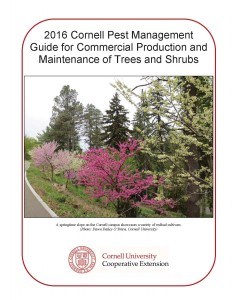How the email piles up! But lots of good stuff in there, even if I think of just deleting them all and starting over. Is that Spring Cleaning?
Webinars for everyone – from E–GRO
January 22 – Managing Nutrient Solutions for Hydroponic Leafy Greens and Herbs is full but contact Brian Whipker for more information: bwhipker@ncsu.edu
January 29, 11-2 Eastern time – PGR University: Cutting Edge PGR Webinar https://attendee.gototraining.com/r/4737168154709094146
February 5 – 2–3 Eastern time – Blisters, Bumps and Lesions: What we know about the physiological disorders of intumescence and edema
There is much more to find at the e-GRO website – Videos, research, alerts . . .
Want your education face to face? Plant Nutrition for Greenhouse Crops: On-site Media Testing, Feb 16, Sturbridge MA. Click here for more information
How nice! Handouts and information from previous events are all collected in one site, And note the buttons for Fact Sheets, Publications and Resources, etc.
Got drips running down the back of your neck when you are in the greenhouse? Here’s the article for you. Reducing Humidity in the Greenhouse
And that relates to botrytis and how to manage it!
Moisture levels even matter in space!
Ten ‘easy’ steps to greenhouse sanitation – NOW is the time to do it if you haven’t already.
And something else to clean in case you didn’t do it yet – how to winterize your sprayer – even if winter doesn’t really happen in your greenhouse
There may be no such thing as a free lunch but MSU has FREE Pest Scouting Bulletins to download – including Greenhouse.
And one on Commercially Available Biological Control Agents for Common Greenhouse Insect Pests!
Really being prepared! Northeast Greenhouse Conference and Expo – November 9-10 in Boxborough, MA.
Keeping hydroponic roots happy! Temperature, oxygen levels and beneficial microbes at optimum levels helps.
Stay warm and cuddled up to your computer watching webinars! Have a great week! Maybe even get out to one of the many greenhouse educational meetings this month!

